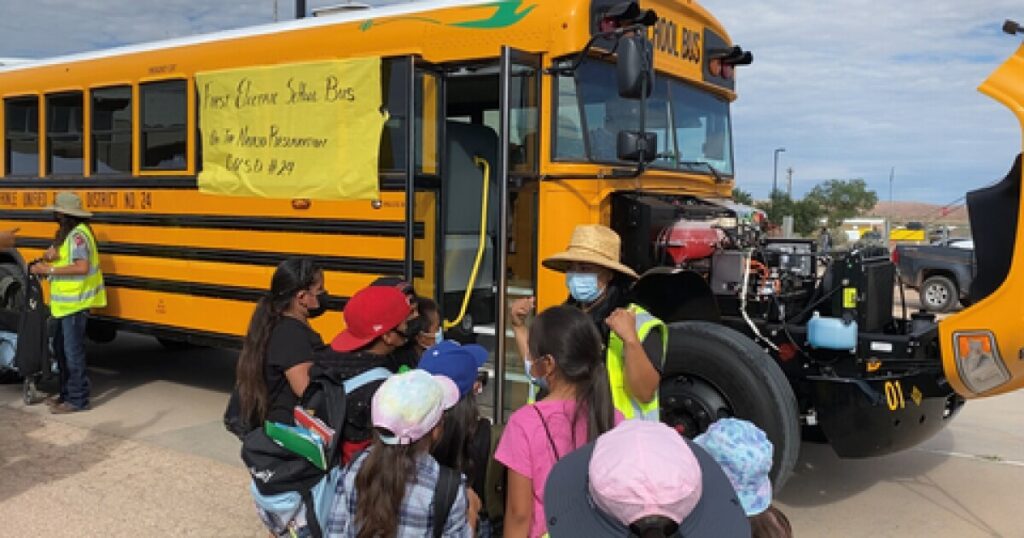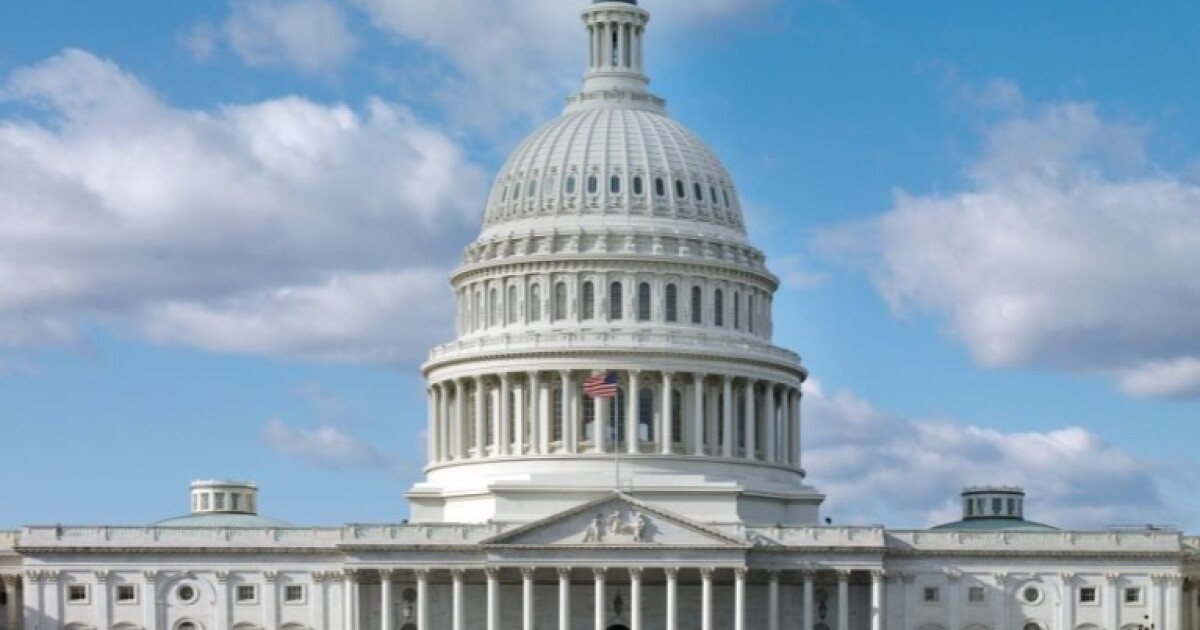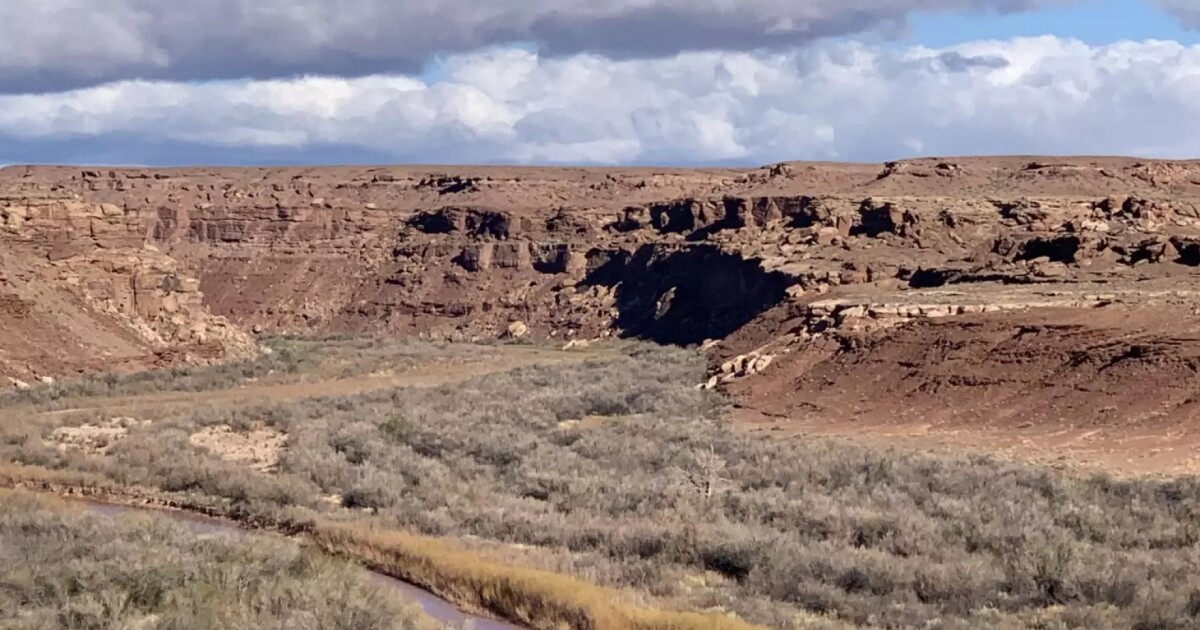Chinle’s Educational Programs Halted Amid Government Shutdown
Amid the ongoing government shutdown, schools in Chinle, Arizona, are facing severe financial challenges, resulting in the suspension of essential after-school programs that many students rely on for meals. The Chinle Unified School District, located on the Navajo Nation covering 4,200 square miles, is particularly affected as it depends heavily on federal funding.
Unlike most U.S. school districts that primarily use local property taxes for funding, districts like Chinle are limited due to their location on federal lands, which are not taxable. The federal government compensates with Impact Aid, a program that allocates $1.6 billion annually to these districts. However, this year’s payments are suspended, forcing schools to make tough decisions about program cuts.
Chinle’s superintendent, Quincy Natay, expressed concern about the situation, stating, “The kids maybe are going home and not eating, because these are the only three meals they may get in a day.” With the suspension of funds, the district is evaluating which programs can be eliminated.
Besides educational programs, food assistance for families is also impacted. Although courts have mandated the use of contingency funding for the Supplemental Nutrition Assistance Program (SNAP), the government has indicated that it may take weeks to resume partial payments. Arizona’s reliance on federal funds is significant, as it receives more Impact Aid than any other state due to its military bases and tribal lands.
Districts receiving Impact Aid often maintain a cash reserve to manage payment uncertainties. However, Chinle’s $30 million from Impact Aid funds essential services like teacher salaries and construction projects. With funding on hold, the district might have to borrow to cover payroll.
The shutdown has also led to furloughs within the Education Department, affecting employees who manage funding inquiries. These job cuts, poised for elimination, increase the uncertainty for districts. Cherise Imai, executive director of the National Association of Federally Impacted Schools, noted, “Several of our districts are scaling back. They’re going into their reserves, or whatever other funding they can use to meet payroll.”
Arizona’s Democratic Congress members have appealed to the Education Department to reconsider layoffs impacting the Impact Aid program. They wrote a letter expressing their concerns about the potential harm these layoffs could inflict on schools across the state. A federal judge recently halted all layoffs made during the shutdown.
Despite judicial orders for the SNAP program to continue using contingency funds, many Arizonans relying on these benefits have yet to receive payments. This financial strain, coupled with rising utility costs, is creating a challenging environment for low-income residents.
—
Read More Arizona News










